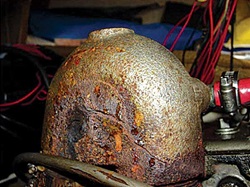Advertisement
While the old axiom "Let sleeping dogs lie," may be sage advice when dealing with Rottweilers, as a marine surveyor I can tell you it's definitely not the attitude to have with regard to boat maintenance. The various systems aboard your boat won't continue working flawlessly without proper upkeep, and an "out of sight, out of mind" maintenance philosophy will quickly transform the feng shui of your floating Shangri-La into a black hole of frustration and financial woe.
Most all boats have sleeping dogs and winter is the perfect time to inspect your vessel before they have a chance to wake up and take a bite out of the captain's quarters. To visually assist in your mission to identify and head off potential problems, hop on board, buckle in, and keep your arms and legs inside the car at all times as we take a ride through the cavalcade of maritime perversions I like to call "Capt. Frank's Sea Chest of Horrors." All the more shocking because they're true!
1. Here, sailor's ingenuity has once again reared its hoary old head 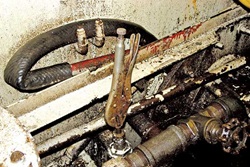
2. Cracked plastic thru-hull fittings are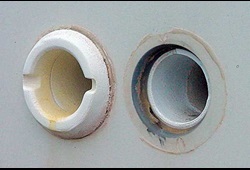
3. It took me a few moments to figure out just w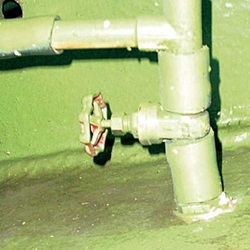
4. Can you spot the problems with this LPG 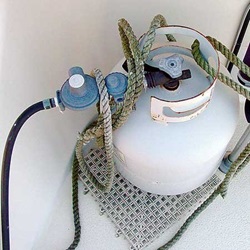
5. Backup bilge pumps are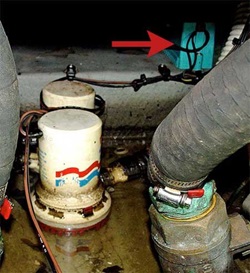
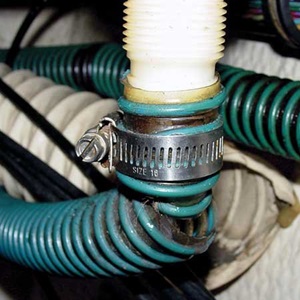
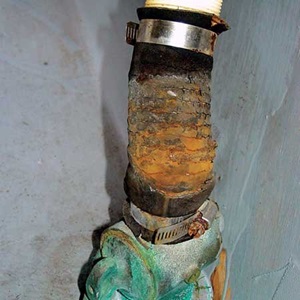
6. What, I hear you say, can possibly go wrong with cockpit drains? The water disappears and everybody's happy, right? Let's say your boat was manufactured in 1980, a realistic example as there are still plenty of vessels from that era out and about. If the cockpit drain hoses are original (and there's a good chance they are), it means the safety of you and your vessel hinges on a 33-year-old piece of hose. All hose has a finite lifespan and should be inspected and replaced on a regularly scheduled basis (as per manufacturer recommendations) regardless of appearance. Recommended replacement time frames vary between hose manufacturers, but 10 years is commonly quoted.
7. Swivels are installed between anchor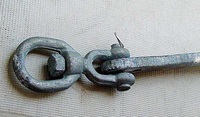
8. No amount of pumps can overcome 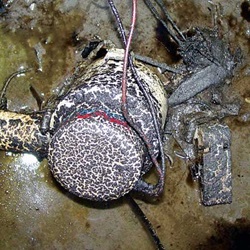
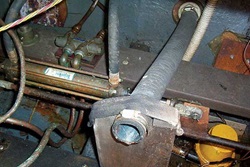 that, according to the owner, had failed a number of years before and been removed. Rather than properly capping or removing the now unused thru-hull, the owner chose to simply do nothing, effectively reducing the vessel's freeboard (and safety margin against sinking) from roughly three feet to three inches
that, according to the owner, had failed a number of years before and been removed. Rather than properly capping or removing the now unused thru-hull, the owner chose to simply do nothing, effectively reducing the vessel's freeboard (and safety margin against sinking) from roughly three feet to three inches
10. Here we have a cracked and severely corroded exhaust riser for a small diesel engine on a 30-foot sailboat. If it's this bad on the outside, just imagine what the inside looks like — that swollen and corroded fuel shut off